NASA’s Opportunity rover has reached the end of its life. Initially designed to last 90 days, and to travel only 1000 meters (1100 yards), the rover spent almost 15 years exploring the surface of Mars. During that time, it travelled more than 45 kilometers (28 miles.)
The last signal from Opportunity was on June 10th, 2018, when a severe global dust storm enveloped Mars. Since then, NASA has spent eight months trying to establish communications with the rover, to no avail. On Tuesday February 12th, 2019 NASA made one final attempt to revive Opportunity, but were unsuccessful.
Almost everybody is aware of how successful the mission was. But it’s still a good time to remind ourselves of what the mission meant to our understanding of Mars. Along with its twin, Spirit, it answered fundamental questions about Mars that scientists debated for a long time.
Mars Was Once Wet
Before Spirit and Opportunity were sent to Mars, the Mars Global Surveyor spotted what looked like sedimentary rocks from orbit, in the year 2000. At that time, Dr. Michael Malin, the Principal Investigator for the Mars Orbiter Camera on the MGS said, “On Earth, sedimentary rocks preserve the surface history of our planet, and within that history, the fossil record of life. It is reasonable to look for evidence of past life on Mars in these remarkably similar sedimentary layers.”
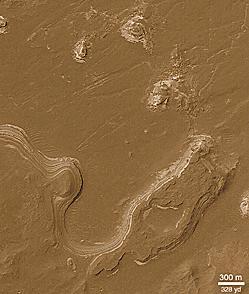
While it didn’t find any actual fossils, (wouldn’t that have been crazy!) Opportunity did provide evidence that Mars was once a much wetter and warmer world. This was the central question behind the dual-rover mission. Opportunity identified sedimentary rocks which were formed in ancient ephemeral playas, which basically means beaches.
Opportunity landed in Meridiani Planum, where sedimentary rocks and hematite had been spotted. Hematite is a mineral that on Earth forms in hot springs or pools of water. The hematite is embedded in the sedimentary rocks, which also form in the presence of water.
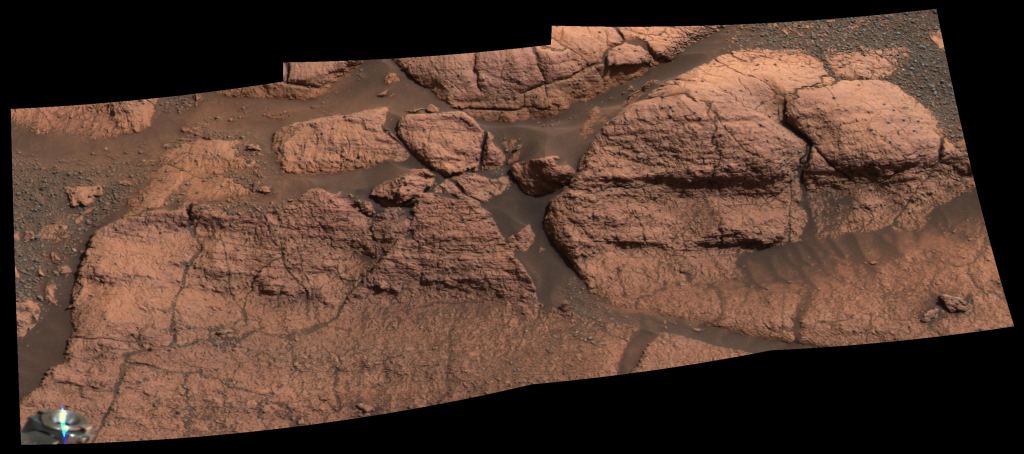
NASA/JPL-Caltech/Cornell
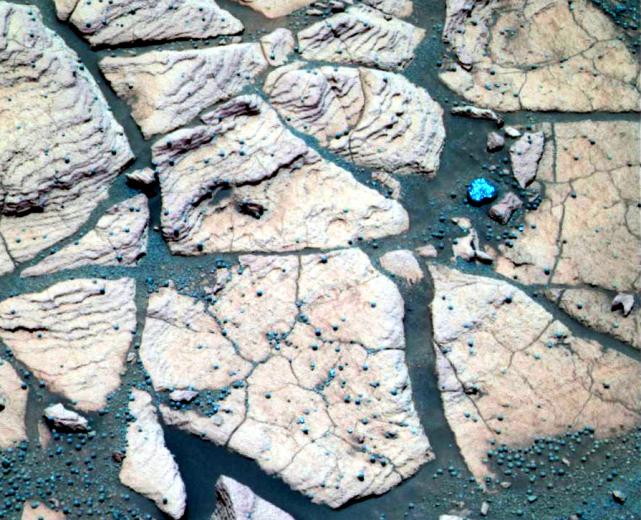
NASA/JPL-Caltech/Cornell
Later in its mission, Opportunity discovered the mineral jarosite. Jarosite only forms in the presence of water, so it provided the smoking gun for water on Mars. Jarosite forms in extremely acidic water, but here on Earth microbes can survive in it. Mission accomplished.
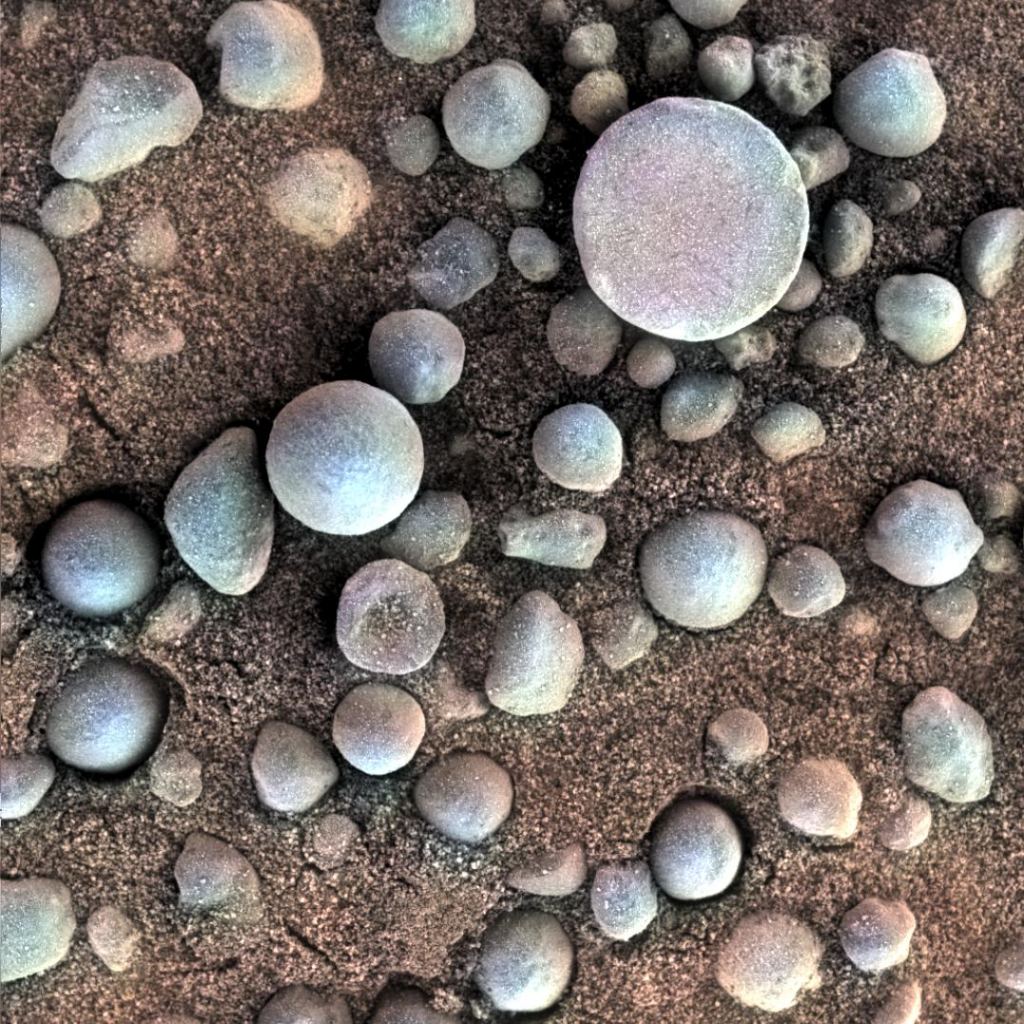
NASA/JPL-Caltech/Cornell/USGS
Martian Eye Candy
The rover was active on the Martian surface for 15 years, and gave us a massive cache of photos to peruse. NASA has an online catalog of over 228,000 images from Opportunity, including many panoramas.

NASA/JPL-Caltech/Cornell
People have done some amazing things with trove of images given to us by Opportunity. Over at 360 Cities, you can find the work of Andrew Bodrov. Bodrov took images from the Opportunity rover to create a 360 degree panorama of Victoria Crater on Mars.
Not everything went smoothly for Opportunity. At one point in 2005 the rover got stuck in soft sand. All six of the wheels were stuck, and it took five weeks of hard work and thinking and planning to get the rover out.
At the time, Jeffrey Biesiadecki, a JPL rover mobility engineer, said “After a nerve-wracking month of hard work, the rover team is both elated and relieved to finally see our wheels sitting on top of the sand instead of half buried in it.”
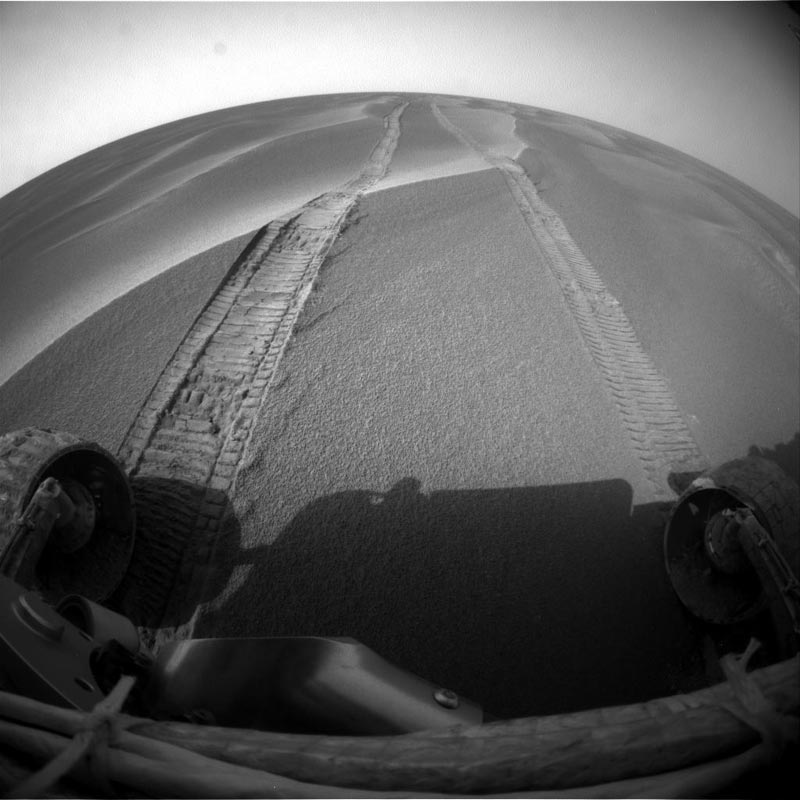
Opportunity had some helping hands during its time on Mars. When it approached Victoria crater, the crater rim was steep and unpassable in most spots. Thankfully, the Mars Reconnaissance Orbiter (MRO) was able to help. The HiRISE camera on the MRO identified a smooth enough area for the rover to enter the crater.
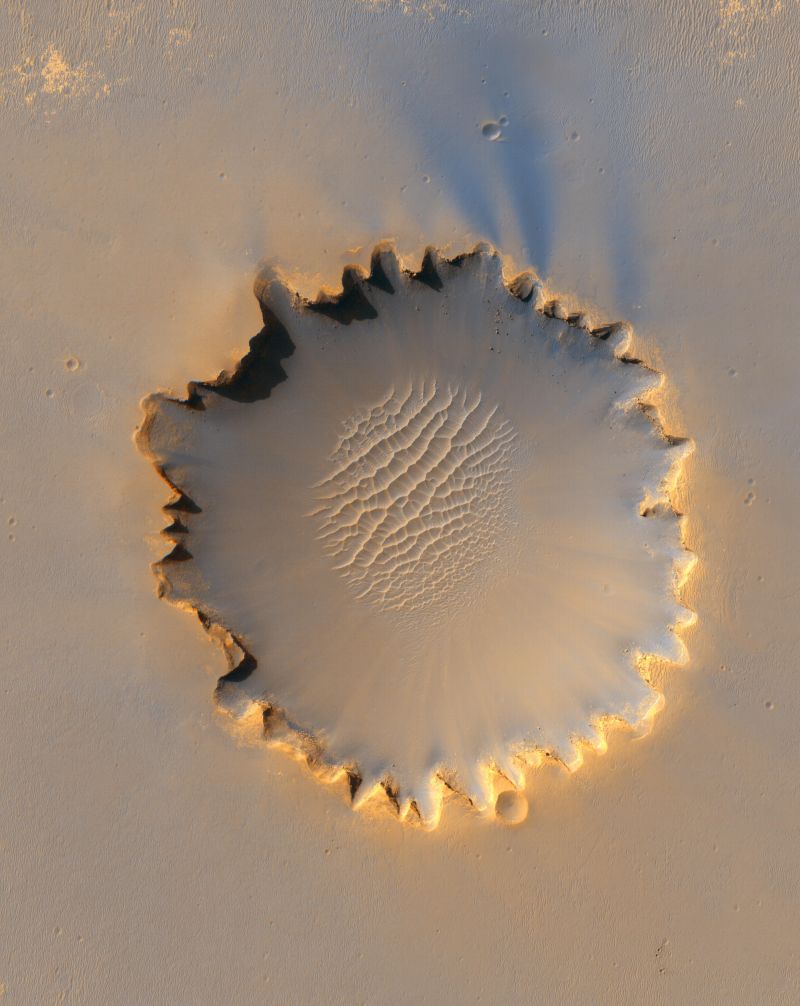
NASA/JPL-Caltech/University of Arizona/Cornell/Ohio State University
Opportunity was like a sight-seeing tourist on Mars. We got to go along for the ride when the rover discovered a meteorite on the Martian surface. Dubbed “Heat Shield Rock,” the basketball-sized meteorite is made mostly of iron and nickel.
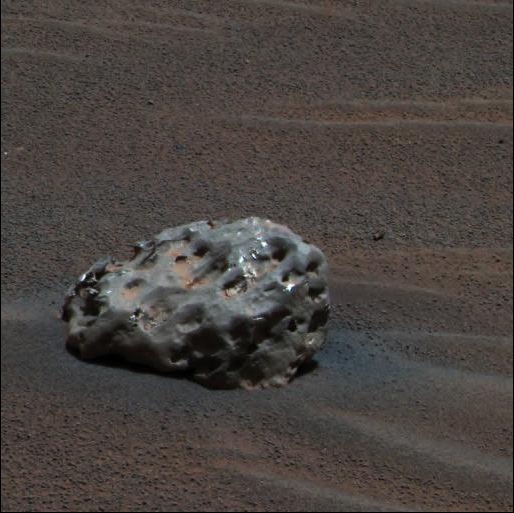
Spirit, Opportunity’s twin, succumbed to the Martian environment in 2010, when it got stuck in soft soil and couldn’t get out. In 2011 NASA announced that the mission was over. Now that Opportunity has reached the end, we can definitely call their mission one of the most successful ever.
It’s up to MSL Curiosity to carry the flag now, and it’s still going strong.
The legacy of Spirit and Opportunity will last a long time. The rovers answered the big question about Mars, and they also laid the groundwork for human mission to Mars. Future missions are already being developed.
The Mars 2020 rover is based on MSL Curiosity, and will launch in 2020. It will continue investigating Mars as the next step in NASA’s Mars Exploration Program.
The 2020 rover will land in Jezero Crater, a lake that was once about the same size as Lake Tahoe. The rover’s instruments will be able to examine the rocks for evidence of ancient life.
Sometime after 2020, humans will land on Mars. Maybe we’ll even establish a scientific outpost or colony there. We’ll soon have the technological means to do so. When that happens, we can look back on the twin rovers, Spirit and Opportunity, and all the people behind them, and acknowledge all they contributed to the human endeavour.
“It is because of trailblazing missions such as Opportunity that there will come a day when our brave astronauts walk on the surface of Mars,” said NASA Administrator Jim Bridenstine. “And when that day arrives, some portion of that first footprint will be owned by the men and women of Opportunity, and a little rover that defied the odds and did so much in the name of exploration.”


Nice article. I like to think that one day we will retrieve the little guy; buried in dust and sleeping, but otherwise okay.
Sad to see the end of Opportunity.
I’ve never seen Opportunity except as a tiny dot from a satellite view and the odd selfie. I’ve only ever seen what it has seen and have to imagine the cold and the sound of mars as the slowly moving wheels crunch the gravel and the eerie feint sounds of the Martian wind.
I think it’s a great thing about humanity that we can build something send it to another planet, endow it with a personality and empathise with it’s struggles for survival as it goes about it’s job and feel truely sad when it stops.
Only Engineers can do that. And you Yanks are the best at it!
Hopefully we’ll see more in the future.